Modern Hydrology and Sustainable Water Development
Foreword. Preface. Acknowledgements. A note for students and teachers. 1 Fundamentals of hydrology. 1.1 Properties of water. 1.2 Common water quality parameters. 1.3 Hydrologic cycle and global water distribution. 1.4 Units and dimensions. 1.5 Significant figures and digits. 2 Surface water hydrology. 2.1 Lakes. 2.2 Glaciers. 2.3 Streams. 2.4 Watershed concept. 2.5 Instrumentation and monitoring. 2.6 Runoff processes and flow measurement. 2.7 Rainfall-runoff analysis and modelling. 2.8 Stream processes. 2.9 Stream characteristics. 2.10 River and reservoir routing. 2.11 Scales and scaling. 2.12 The invisible resource: groundwater. 2.13 Tutorial. 3 Groundwater hydrology. 3.1 Occurrence of groundwater. 3.2 Movement of groundwater. 3.3 Hydraulic head. 3.4 Dispersion. 3.5 Specialized flow conditions. 3.6 Groundwater measurements. 3.7 Groundwater pollution. 3.8 Composite nature of surfacewater and groundwater. 3.9 Conjunctive use of surfacewater and groundwater. 3.10 Tutorial. 4 Well hydraulics and test pumping. 4.1 Steady flow. 4.2 Superposition in space and time. 4.3 Boundaries and images in flow modelling. 4.4 Well flow under special conditions. 4.5 Well losses. 4.6 Tutorial. 5 Surface and groundwater flow modelling. 5.1 Surface water flow modelling. 5.2 Groundwater flow modelling. 5.3 Surface and groundwater interactions and coupled/integrated modelling. 6 Aqueous chemistry and human impacts on water quality. 6.1 Principles and processes controlling composition of natural waters. 6.2 Natural hydrochemical conditions in the subsurface. 6.3 Presenting inorganic chemical data. 6.4 Impact of human activities. 6.5 Geochemical modelling. 6.6 Chemical tracers. 6.7 Groundwater - numerical modelling of solute transport. 6.8 Relation between use and quality of water. 6.9 Industrial use. 6.10 Tutorial. 7 Hydrologic tracing. 7.1 Isotopes and radioactivity. 7.2 Hydrologic tracers. 7.3 Tracers and groundwater movement. 7.4 Stable isotopes of oxygen and hydrogen. 7.5 Dissolved noble gases. 7.6 Models for interpretation of groundwater age. 7.7 Tracers for estimation of groundwater recharge. 7.8 Tutorial. 8 Statistical analyses in hydrology. 8.1 Descriptive statistics. 8.2 Probability theory. 8.3 Hydrologic frequency analysis. 8.4 Nonparametric density estimation methods. 8.5 Error analysis. 8.6 Time series analysis. 8.7 Tutorial. 9 Remote sensing and GIS in hydrology. 9.1 Principle of remote sensing. 9.2 Approaches to data/image interpretation. 9.3 Radar and microwave remote sensing. 9.4 Geographic Information Systems (GIS). 9.5 Applications in hydrology. 10 Urban hydrology. 10.1 Water balance in urban areas. 10.2 Disposal of waterborne wastes. 10.3 New approaches and technologies for sustainable urbanization. 11 Rainwater harvesting and artificial groundwater recharge. 11.1 Historical perspective. 11.2 Rainwater harvesting - some general remarks. 11.3 Watershed management and water harvesting. 11.4 Tutorial. 12 Water resource development: the human dimensions. 12.1 The global water crisis. 12.2 Global initiatives. 12.3 Water and ethics. 12.4 Global water tele-connections and virtual water. 13 Some case studies. 13.1 The Yellow River Basin, China. 13.2 The Colorado River Basin, United States. 13.3 The Murray-Darling River Basin, Australia. 13.4 The North Gujarat-Cambay region, Western India. 14 Epilogue. 14.1 Water and its properties, quality considerations, movement, and modelling of surface- and groundwater. 14.2 Distribution of water in space and time. 14.3 Water resource sustainability. Bibliography. Index. Plate section.
{{comment.content}}

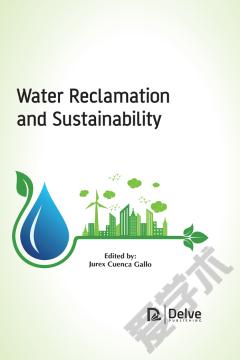
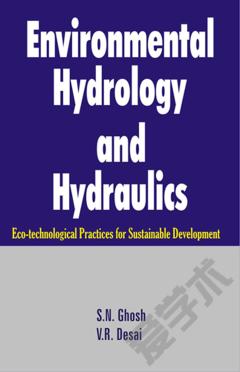

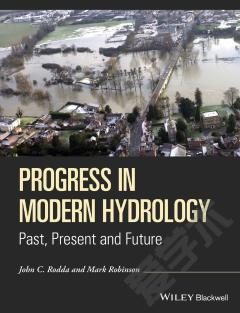
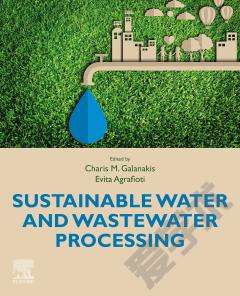
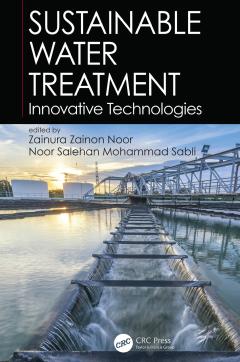

 京公网安备 11010802027623号
京公网安备 11010802027623号